Cubism Art
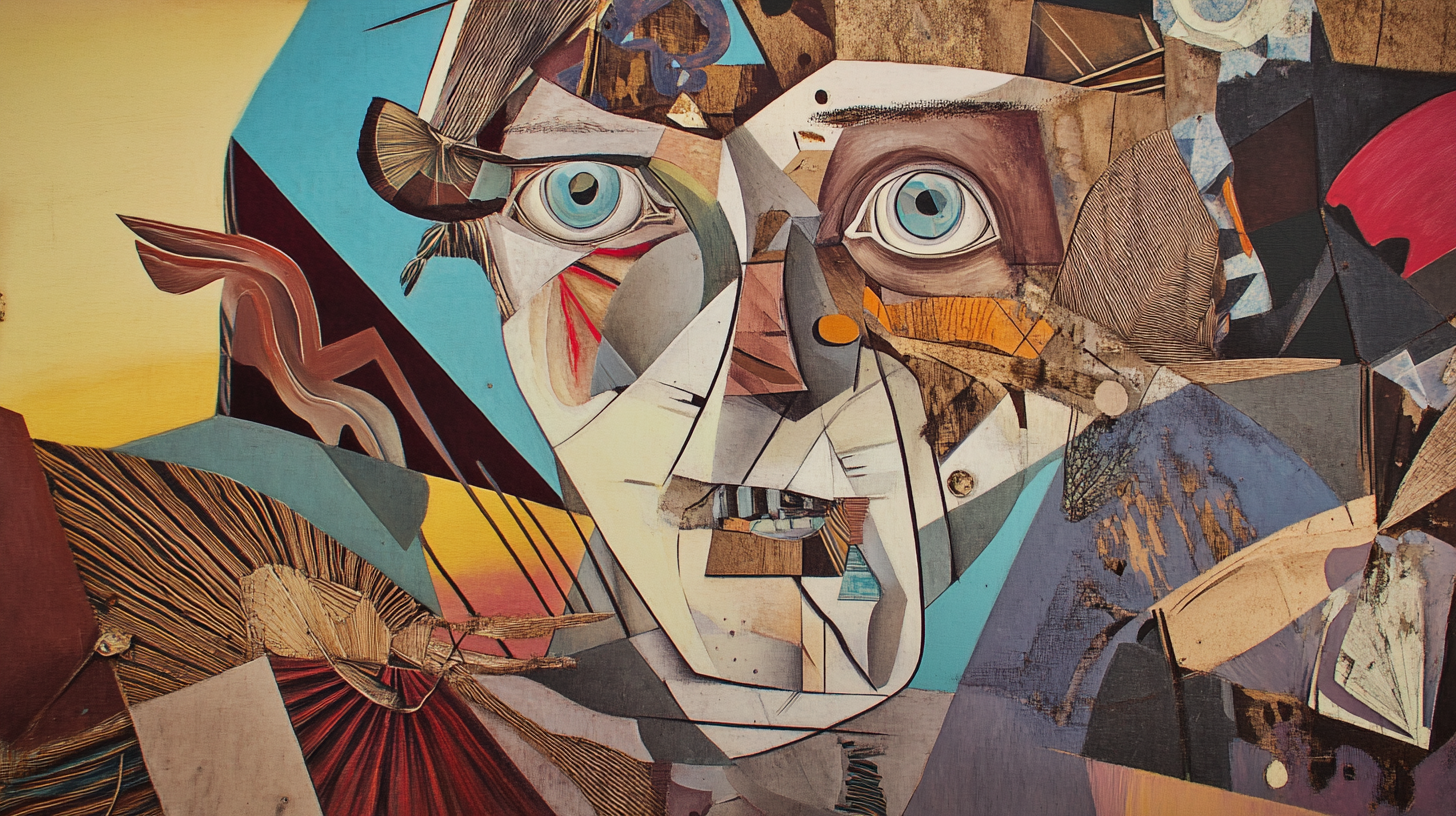 AI-Generated ImageAI-Generated Image
AI-Generated ImageAI-Generated Image Cubism is an early 20th-century art movement that revolutionized visual expression by breaking down subjects into geometric forms and depicting them from multiple viewpoints simultaneously. Pioneered by Pablo Picasso and Georges Braque, it rejected traditional techniques of perspective, depth, and realism in favor of fragmented, abstracted compositions.
Cubism features flattened planes, overlapping shapes, and limited color palettes, challenging viewers to mentally reconstruct the subject. The movement evolved through two main phases: Analytical Cubism, focused on deconstructing form, and Synthetic Cubism, which introduced collage and bolder, simplified elements.
As a foundation for modern abstract art, Cubism reshaped how artists—and later, machines—understand and interpret visual space, making it highly influential in AI-generated art that plays with structure, geometry, and perspective.
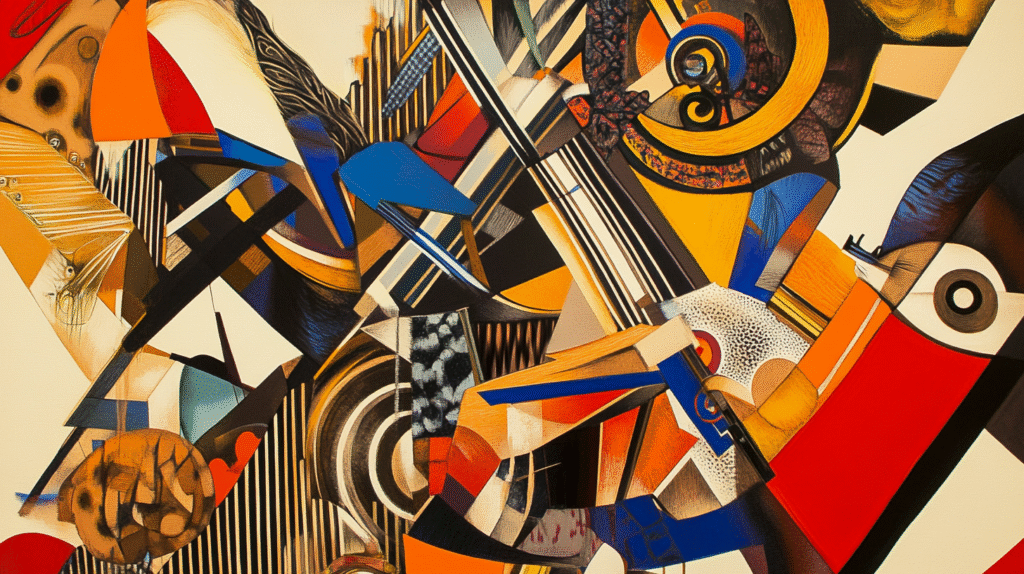 AI-Generated Image
AI-Generated Image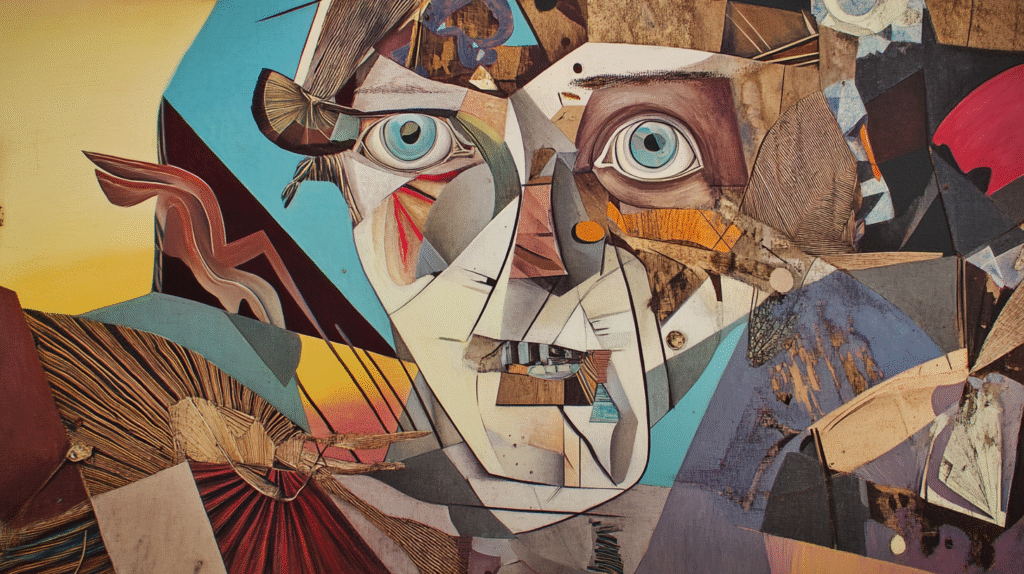 AI-Generated Image
AI-Generated Image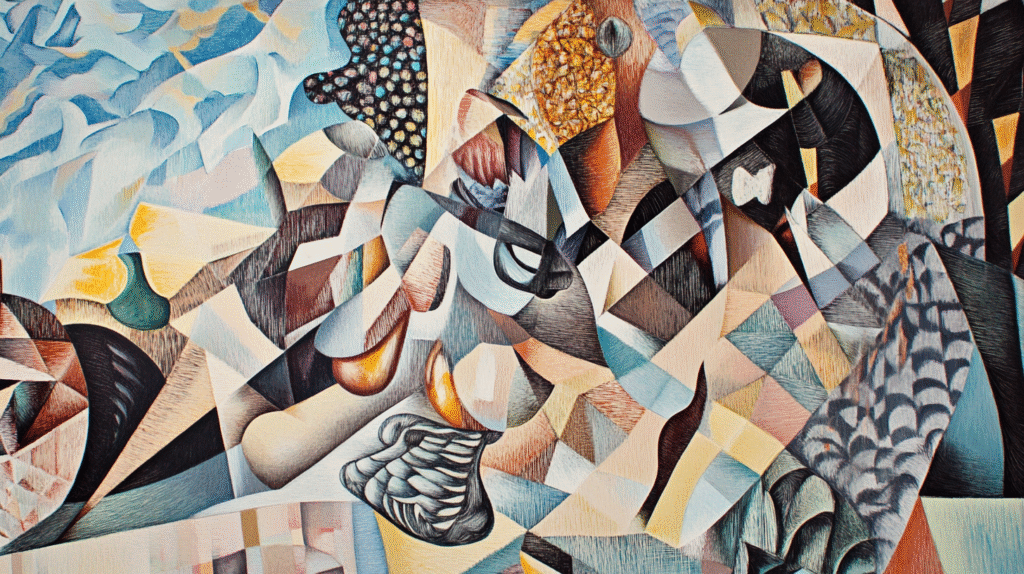 AI-Generated Image
AI-Generated Image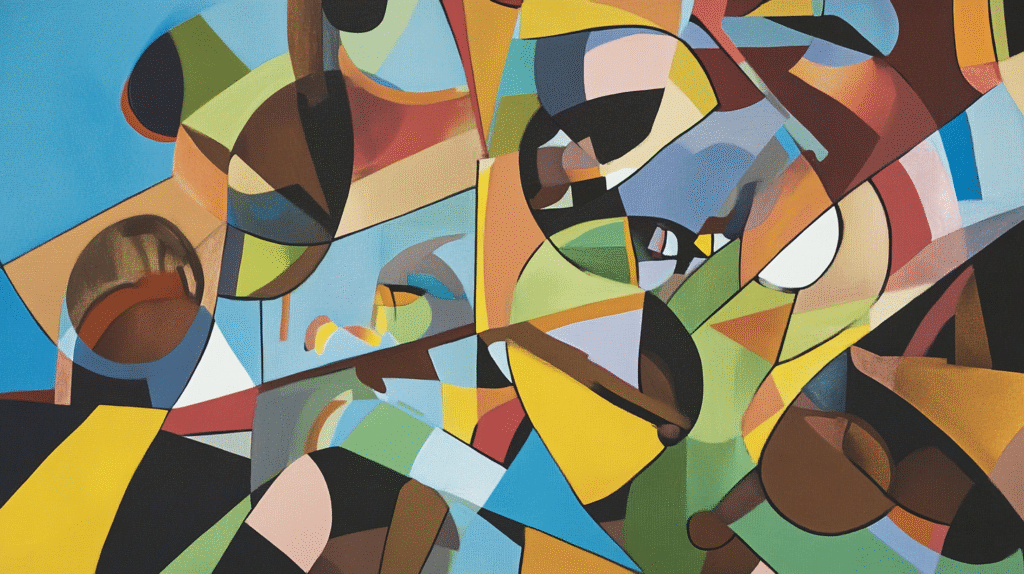 AI-Generated Image
AI-Generated ImageFrequently Asked Questions
What is Cubism?
Cubism is an early 20th-century art movement that breaks down subjects into geometric forms and depicts them from multiple viewpoints.
Who were the pioneers of Cubism?
Cubism was pioneered by Pablo Picasso and Georges Braque.
What are the two main phases of Cubism?
The two main phases of Cubism are Analytical Cubism, which focuses on deconstructing form, and Synthetic Cubism, which introduced collage and simplified elements.



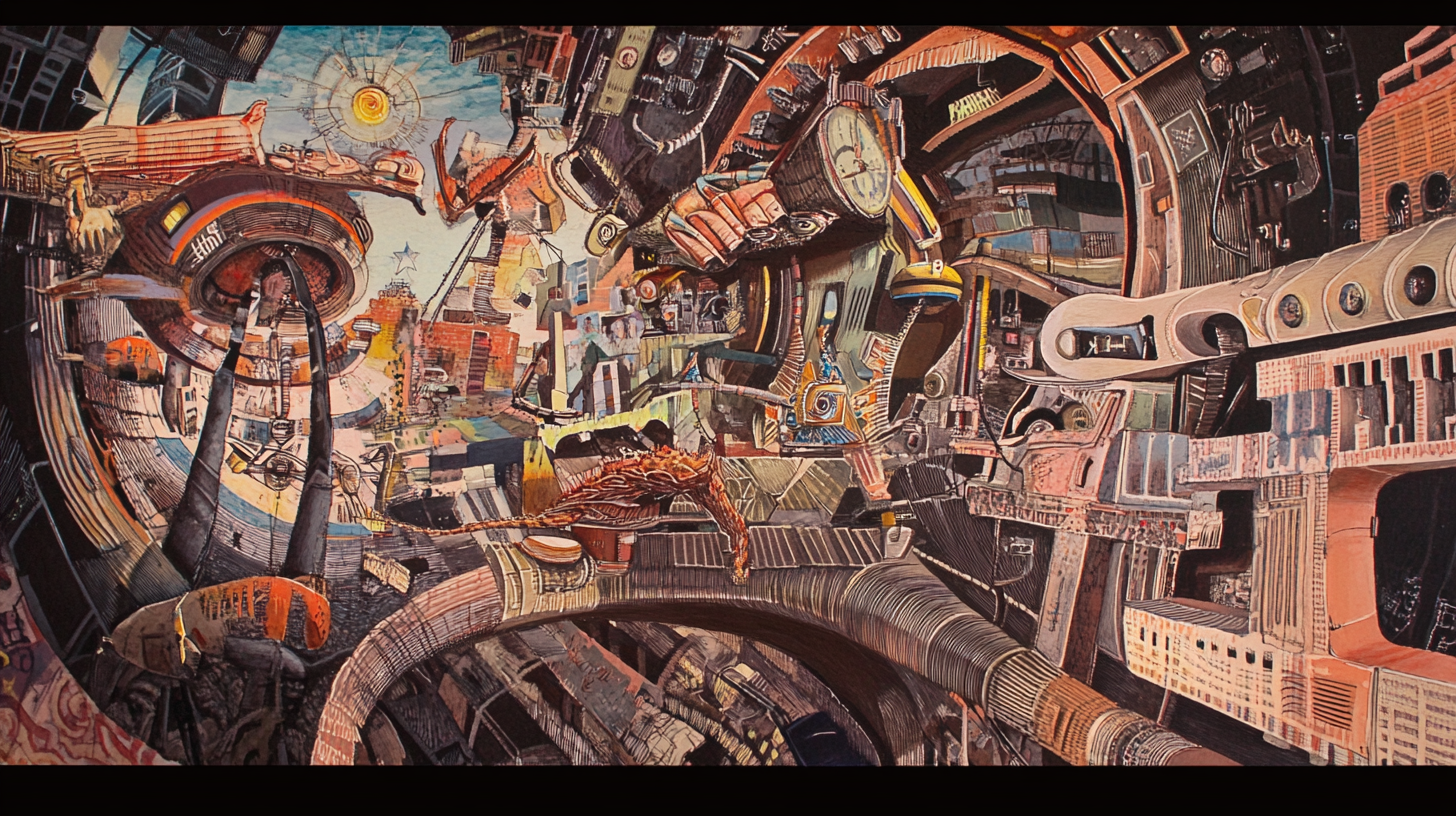
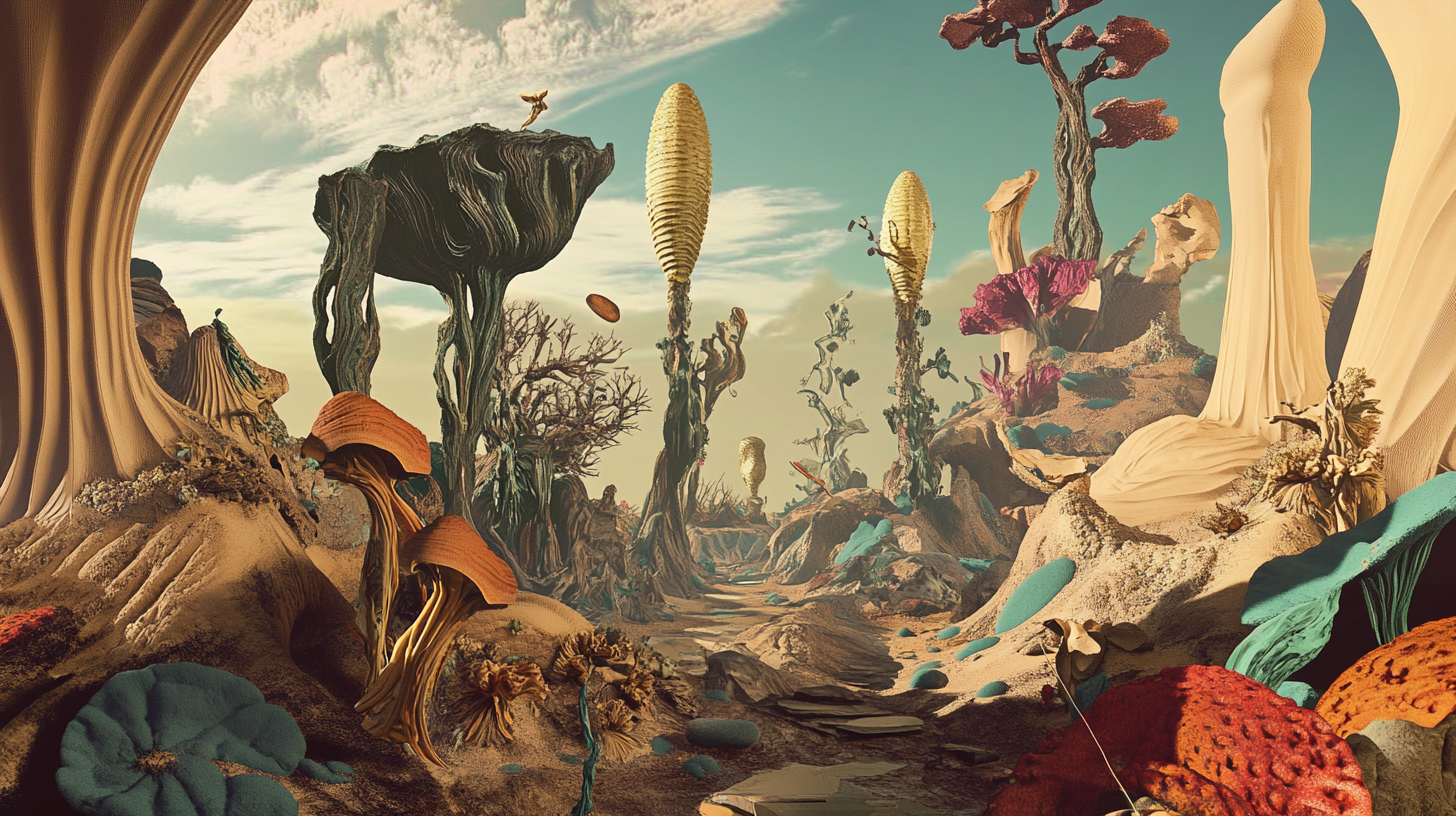

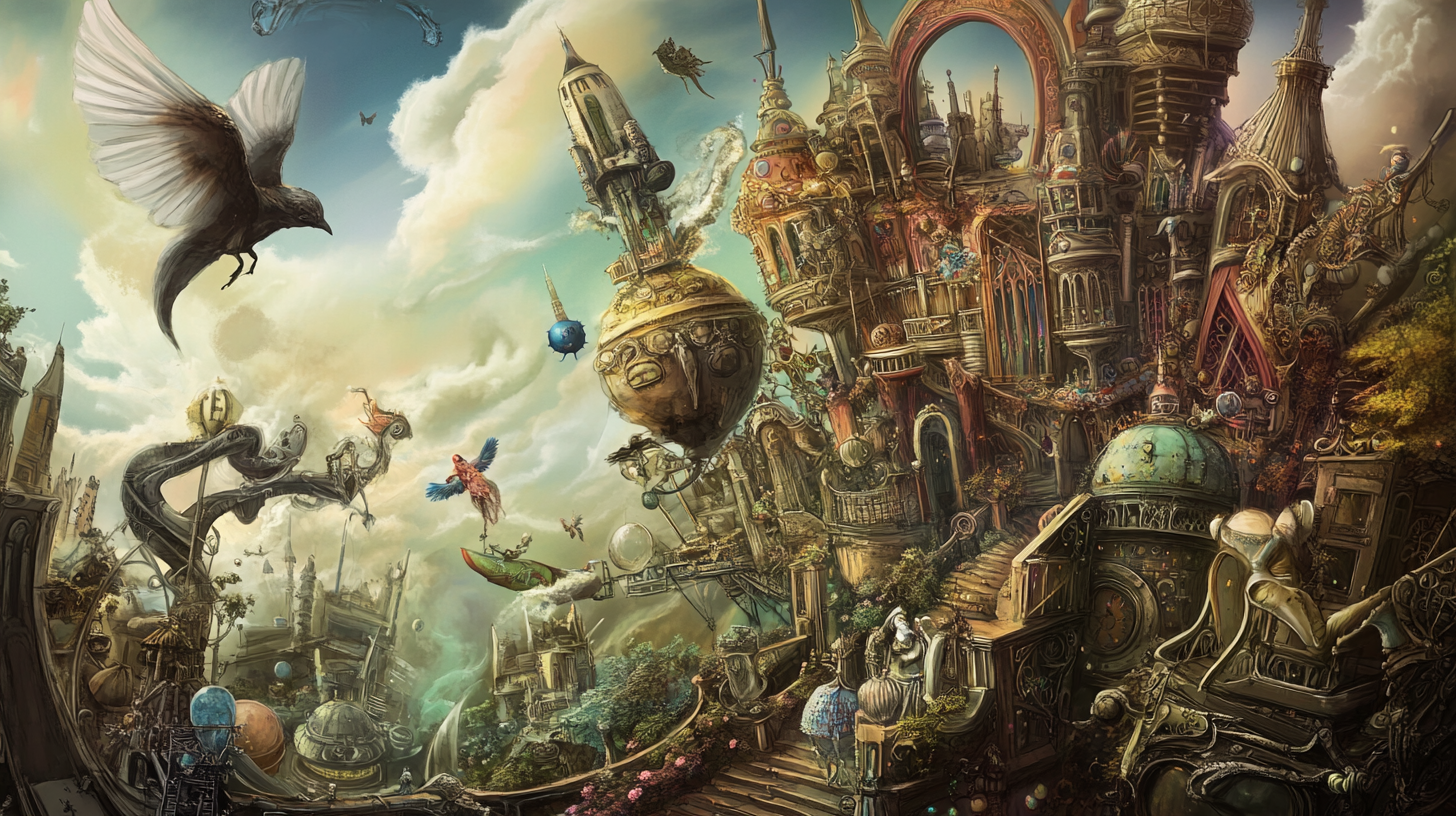
All comments and suggestions are welcome.